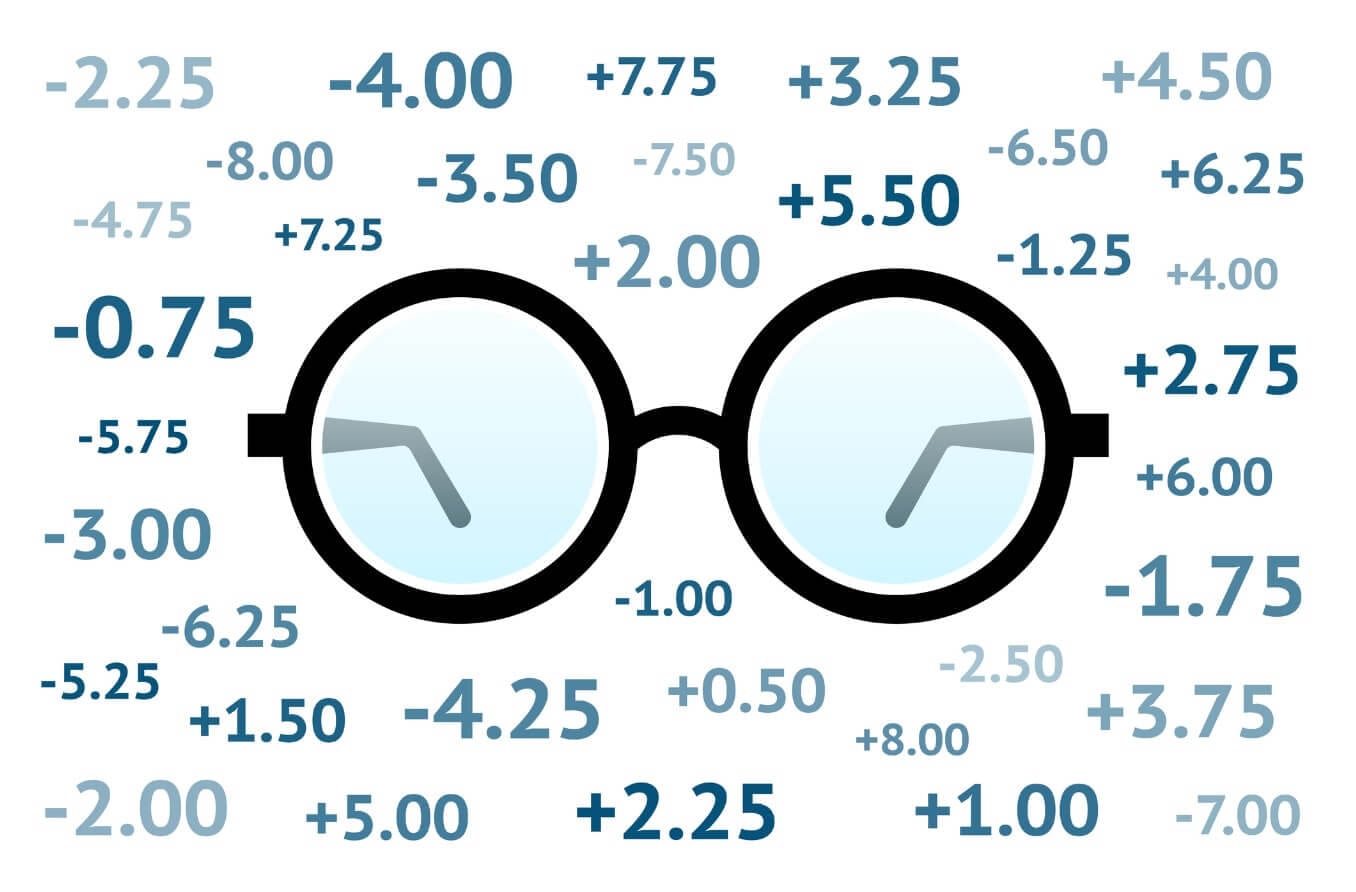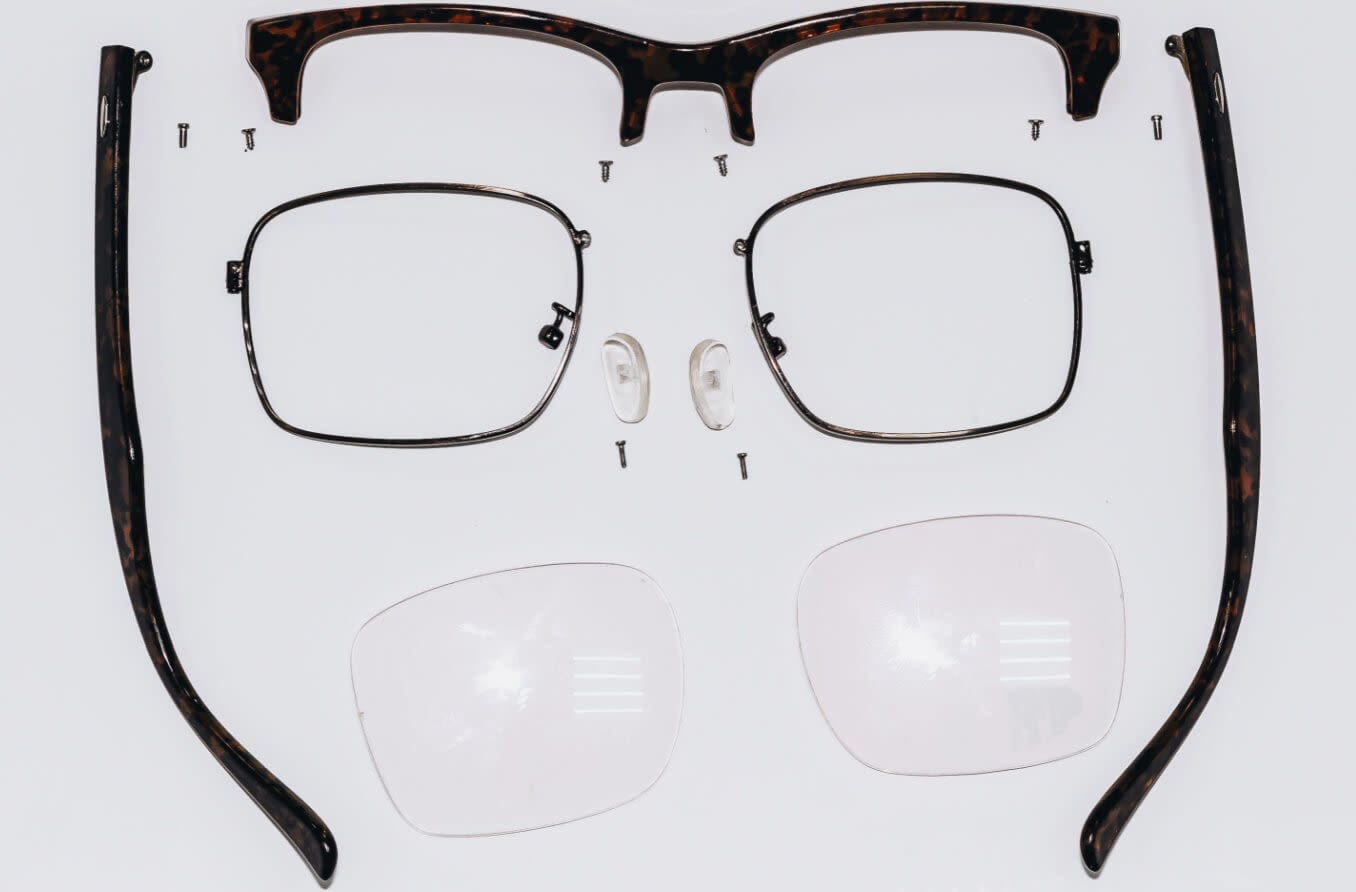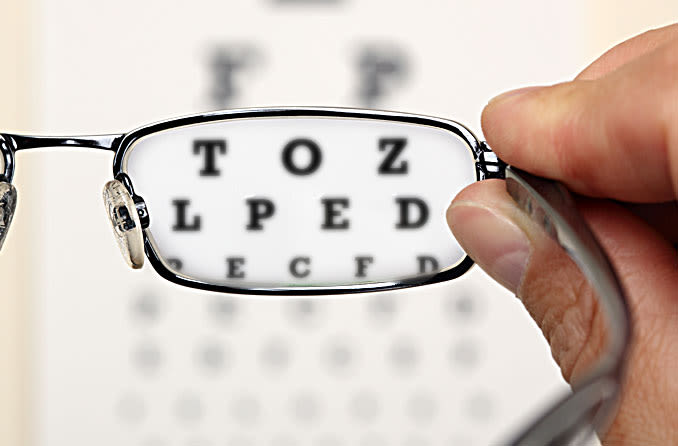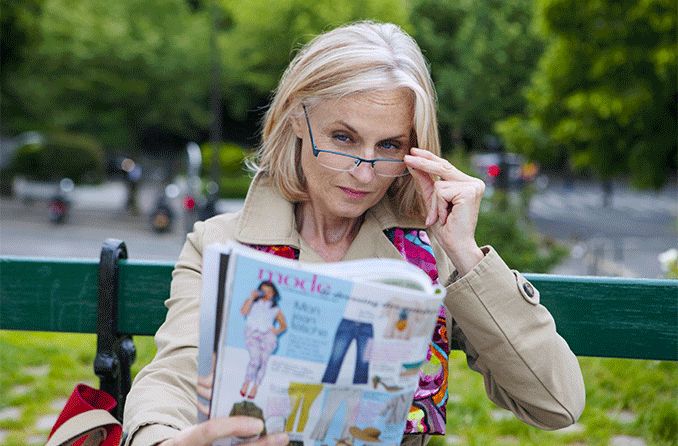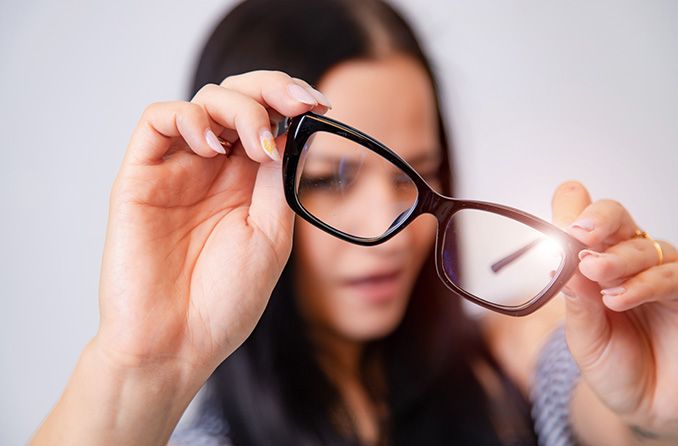What is a diopter?
A diopter is a unit used to calculate the focusing strength of a pair of glasses or contact lenses. And it is the measurement unit for an optical prescription. If you know the power of a lens in diopters, taking the inverse will give you the focal length — the distance where light is focused.
What does a diopter mean?
You may have wondered what the numbers on your glasses or contact lens prescription mean. You may also have tried deciphering the numbers on the diopter chart while choosing the correct reading glasses at the drugstore. These numbers describe the focusing strength of the lenses.
The unit that is used to calculate focusing strength is a diopter. To grasp the meaning of a diopter, you first have to understand the metric system. In the metric system, distance is measured in meters. A meter is approximately the same length as a yard.
What is the relationship between diopters and meters?
If a lens has one diopter of focusing power, it will focus light from very far away — let’s say from the sun — at a one-meter distance behind the lens. The distance where the light is focused is called the lens’s focal length.
Now, if we double the lens’s focusing power to two diopters, sunlight will be focused twice as close, at half a meter, behind the lens. The focal length is now half a meter.
What is the relationship between diopters and focal length?
If you know the power of a lens in diopters, taking the inverse will give you the focal length.
The concept of diopter and focal length helps us understand why some people need to use glasses or contact lenses and others do not.
The eye contains two focusing lenses; the cornea and the crystalline lens. The cornea has about 45 diopters, and the crystalline lens has about 15 diopters for a combined 60 diopters of focusing power. This is a very strong set of lenses that will focus at roughly 1/60th of a meter.
For those whose eyeball is exactly 1/60th of a meter in length, the light is focused precisely on the retina in the very back of the eye. In this case, additional lenses are not needed to help focus the light.
Like the eye, a camera has lenses that may be measured in diopters. These lenses help set the camera’s focus at a particular distance.
Why do some people need glasses and some don’t?
Many of us have either too few or too many diopters of focusing strength in the eye.
Too much dioptric power
In the case of too many diopters (in relation to the length of the eye), the focal length will be less than 1/60th of a meter, and light is focused in front of the retina. This is the case in people that are nearsighted.
The more nearsightedness, the farther in front of the retina light is focused, and the more out of focus an image will be.
To get light to focus on the retina again, some of the extra focusing strength of the cornea and lens needs to be taken away. This is done with negative or minus lenses that neutralize the excess focusing power of the eye.
Too little dioptric power
In the case of farsightedness, the opposite is true. The lens and cornea have too little power. In this case, the focal length is longer than the eyeball, and light is focused behind the retina. This requires correction with lenses that have positive or plus diopters.
Why do we need a prescription with more diopters when looking up close?
The eye requires more focusing power — diopters — when looking up close than far away. All the previous examples explain what happens when the eye is trying to focus light from very far.
Things work slightly differently when looking up close. In this case, the eye requires even more diopters to focus light on the retina. This process is called accommodation and is done by the ciliary muscle that pulls on the crystalline lens to change its shape.
Why do we need a higher prescription in diopters as we age?
Unfortunately, between age 40 and 50, the crystalline lens hardens up and loses the ability to provide those extra diopters needed when looking up close. This age-related loss of focusing ability is called presbyopia.
This is when reading glasses or bifocals become needed to see up close. The older we get, the more the reading glasses need to supplement the weakening focusing power of our own eyes.
It’s also why, in some stores that sell reading glasses, the recommended power is based on age. Because the lens required to focus up close is stronger than that for distance, it is called an “add.” The more diopters that are needed to help focus up close, the stronger the “add.”
What is a diopter chart?
A diopter chart contains lines with letters of different sizes. Some stores have a diopter chart to help choose the correct strength of the reading glasses. These lines are read without reading glasses. Each line of letters has a reading strength in diopters next to it. A lower reading power is required when the smaller letters can be read. A stronger reading power is recommended if the larger letters are the only ones that can still be read.
Once the correct diopter power is chosen, test the glasses by holding the reading material at a comfortable distance, and make sure that the whole chart appears sharp. If the smaller letters do not come into focus, move the material a little further away and then a little closer. If the glasses do not seem to focus at a comfortable distance, then an increase of the diopters will allow for a closer focus, and a reduction of the diopters will allow for a focus slightly farther away.
A common mistake is to get reading glasses that have too many diopters and try to use these to focus on the computer. Since the computer is usually farther away, the diopters actually need to be decreased.
Reading glasses are also called “magnifiers,” which can be very confusing. Reading glasses do indeed cause images to appear slightly larger. However, allowing the eye to focus at the correct distance is the main way reading glasses work, not magnification of the letters.
Do I need different diopter strengths for different distances?
For many, lenses of different diopter strengths are needed to see sharp at far, close and intermediate distances. Bifocals, trifocals and progressive addition lenses (PALs) incorporate these different strengths into one pair of glasses.
Less well-known are adjustable diopter glasses that allow one to adjust the diopter power of the lenses in the glasses with a small dial on the side of the frame. While these glasses can be very useful, there are restrictions on the available range of diopter strengths.
Reading glasses and adjustable diopter glasses are available without a prescription and can help many people. Limitations to their use occur when the diopter power between the eyes is different or when a significant amount of astigmatism is present.
Typically, if someone has an eye condition such as a cataract or age-related macular degeneration, there is no diopter strength that will provide sharp vision. In these cases, the glasses or contact lenses focus light precisely on the retina, but the eye structures interfere with the correct processing of light. Therefore, it is highly recommended to see an optometrist or ophthalmologist when over-the-counter glasses do not provide sharp vision up close.
